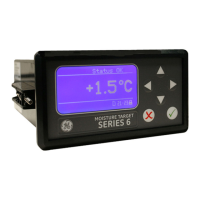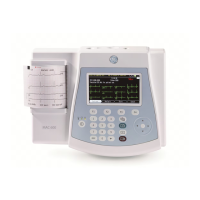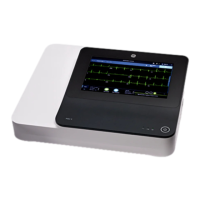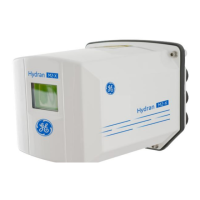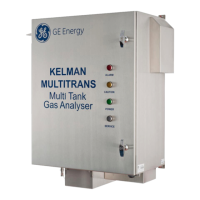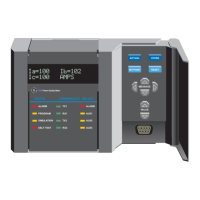GE Analytical Instruments ©2006 13-8 DLM 14291 Rev. A
concentration of the stock solution and the tube should be label
accordingly).
• Using a new pipette tip, transfer 100 µL of the 10 mM standard to the next
tube, mix thoroughly and label the tube 1 mM.
• Using a new pipette tip, transfer 100 µL of the 1 mM standard to the next
tube, mix thoroughly and label the tube 100 µM.
• Using a new pipette tip, transfer 100 µL of the 100 µM standard to the next
tube, mix thoroughly and label the tube 10 µM.
• Repeat these steps to prepare 1 µM and 100 nM standards or lower
concentration standards if necessary.
• Intermediate dilutions can be prepared from the dilute standards. For
example 50 µM, 5 µM and 0.5 µM standards can be prepared by 1:1 dilutions
of the 100, 10 and 1 µM standards (100 µL of the standard plus 100 µL of
nitrate-free water.
• Set aside or discard the two most concentrated standards (10 mM and 1 mM)
as these will not be used.
WARNING:
ALWAYS USE NEW PIPETTE TIPS FOR EACH DILUTION. SOME NITRATE
REMAINS IN THE TIP AND WILL CONTAMINATE SUBSEQUENT DILUTIONS.
The 100 mM nitrate standard is stable for several weeks, if stored in an air
tight container, refrigerated (4 °C or lower), and not exposed to light. The
lifetime can be extended by storing the solution headspace free. The dilute
standards are not stable and should be prepared fresh each day.
After preparing the dilute standard solutions, the calibration curve is
constructed by injection of the standards into the Purge Vessel, and
measurement of the peak area for each standard. To prepare a concentration-
based calibration curve, inject the same volume for all of the standards and
samples. For amount-based calibrations, different volumes can be injected, but
the volume must be included in the sample name. For a 10 µL syringe, injection

